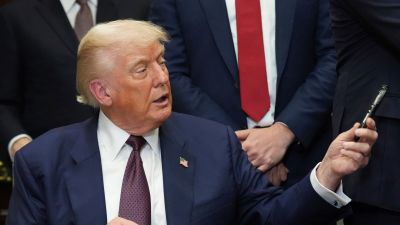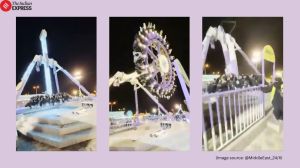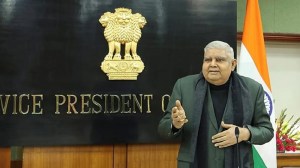Underused cycle tracks in Mumbai’s BKC to make way for vehicular lanes to address traffic woes
Mumbai Metropolitan Region Development Authority took the decision to remove cycle tracks in BKC which were revived in 2014.
 The 13-km cycle track was revived in 2014 for Rs 6.25 crore; however, according to sources, the removal of this track will cost around Rs 25 crore. (Photo: Wikimedia Commons)
The 13-km cycle track was revived in 2014 for Rs 6.25 crore; however, according to sources, the removal of this track will cost around Rs 25 crore. (Photo: Wikimedia Commons)The Mumbai Metropolitan Region Development Authority (MMRDA) recently devised a comprehensive plan that includes converting underused cycle tracks into vehicular lanes and implementing a one-way traffic system across internal roads to address severe traffic congestion in Bandra-Kurla Complex (BKC). The changes, approved during a recent MMRDA meeting, aim to improve vehicular movement and cut down peak-hour delays in one of Mumbai’s busiest business hubs.
The 370-hectare BKC area now experiences an influx of about 2 lakh employees and 4 lakh visitors daily. The recent Sion bridge closure has only made the traffic situation worse, with heavy vehicles now being diverted through BKC’s internal narrow lanes. This has led MMRDA to expedite short and long-term decongestion plans.
Under the plan, some of the current cycle tracks will be taken out and turned into traffic lanes and be expected to boost road capacity between 600 and 900 cars per lane. For instance, some of the two-lane sections (2+2) with 2.7m wide cycle tracks will be widened into three lanes per direction (3+3). Along with expanding the carriageways, MMRDA will shift features like streetlights, trees, and bus stops to footpaths to provide space for free vehicular movement.
The 13-km cycle track was revived in 2014 for Rs 6.25 crore; however, according to sources, the removal of this track will cost around Rs 25 crore.
MMRDA has also suggested one-way traffic on some BKC roads to rationalise vehicle flow and minimise traffic jams. As per officials, the move is supported by traffic studies and experts’ suggestions.
An MMRDA official said, “Through MMRDA’s strategic plan, we are improving BKC’s infrastructure by widening roads and introducing a one-way traffic system. These steps will sharply cut congestion, shorten travel time, and make BKC efficient and accessible to commuters.”
Offices anticipate that the changes will come with significant advantages such as a 40 per cent decrease in peak-hour journey time and a 30 per cent reduction in waiting time at signals. All these advances are also expected to reduce carbon emissions by 30 per cent, thanks to lowered idling and better vehicle speeds.
The one-way scheme, formulated jointly with the Mumbai traffic police, is intended to reduce pressure on stretches such as the Bandra-Kurla Link Road, particularly between the Kalanagar Junction and Bharat Diamond Bourse.
An MMRDA official said, “This decision is the result of careful consideration of BKC’s growing economic importance and increasing footfall.”
MMRDA officials said the move indicates a proactive, data-based approach to infrastructure management. The proposals are aimed at providing immediate as well as long-term solutions for traffic management so that BKC continues to function and remain accessible as the financial and commercial core of Mumbai continues to grow, they said.












